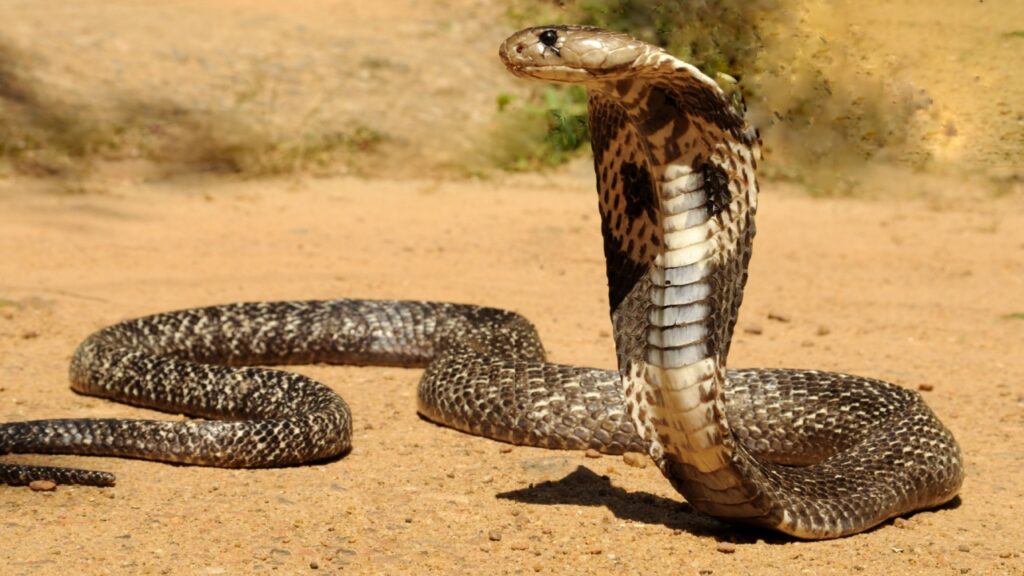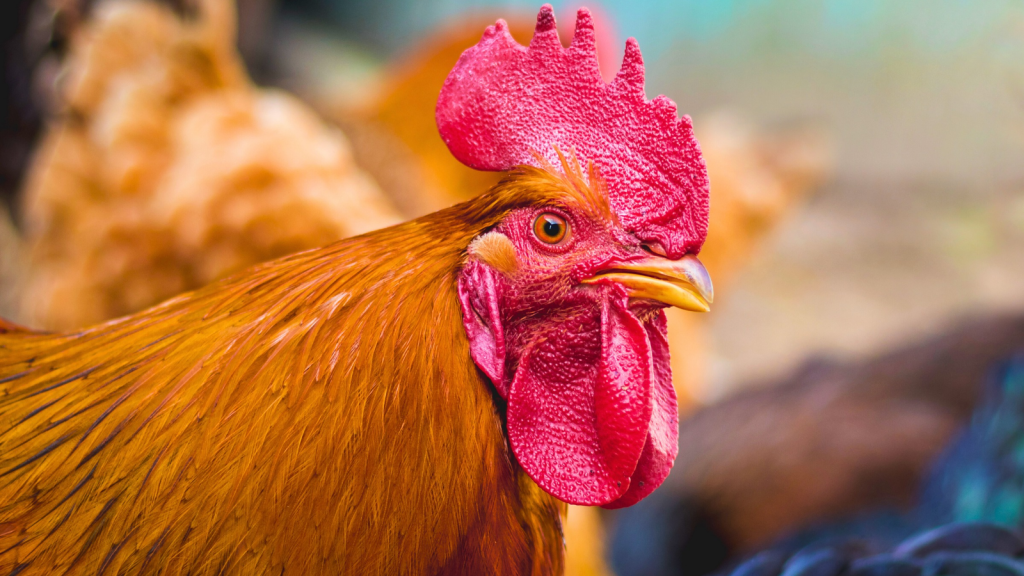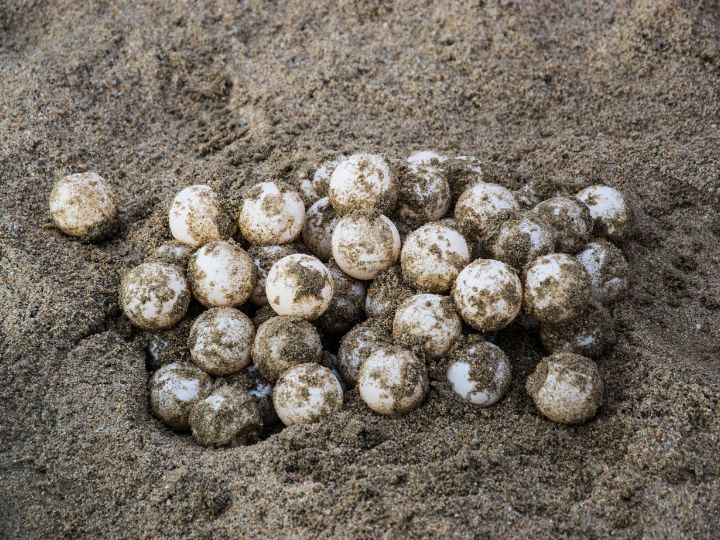Nature can be both beautiful and brutal. While most animals fiercely protect their offspring, some species have evolved a rather shocking behaviour: eating their own young. This practice, known as filial cannibalism, occurs for various reasons, from population control to simple survival. It might seem cruel, but in the animal kingdom, it often serves a purpose. Here’s a look at 14 creatures that engage in this surprising behaviour, offering a glimpse into the complex world of animal parenting.
Hamsters

These popular pets have a dark secret. Mother hamsters sometimes eat their babies if they feel stressed or threatened. This behaviour is more common in first-time mothers who may not know how to care for their young properly. Surprisingly, this act can help ensure the survival of the remaining offspring by reducing competition for resources. Hamster owners can reduce the risk of this happening by providing a quiet, stress-free environment and plenty of nutritious food for the mother.
Sand Tiger Sharks

In the womb of a sand tiger shark, the strongest embryo eats its siblings before birth. This unusual practice is called intrauterine cannibalism. It ensures that only the fittest and largest pup is born, giving it a better chance of survival in the dangerous ocean waters. As a result, sand tiger sharks typically give birth to only one or two pups at a time, despite initially producing many embryos.
Cats

While cats are known for their maternal instincts, they sometimes eat their kittens. This typically happens if the kitten is weak, ill, or stillborn. Mother cats do this to protect the rest of the litter from predators that might be attracted by the scent of a dead kitten. In some cases, a malnourished mother cat might eat her kittens to regain her strength and ensure her own survival.
Polar Bears

In harsh Arctic conditions, food can be scarce. Male polar bears have been observed hunting and eating cubs, even their own offspring. This behaviour is thought to be linked to climate change, as shrinking ice forces bears to look for alternative food sources. Female polar bears fiercely protect their cubs, often risking their own lives to keep them safe from cannibalistic males.
Chickens

Chickens can turn cannibalistic under stressful conditions like overcrowding or poor nutrition. They might peck at and eat their own eggs or chicks. This behaviour can spread quickly through a flock if not addressed promptly. Farmers and backyard chicken keepers can prevent this by ensuring proper space, nutrition, and enrichment for their birds.
Mice

Like hamsters, mice may eat their young if they feel stressed or if resources are scarce. This behaviour is more common in laboratory mice than in wild populations. It’s thought to be a way of cutting losses and ensuring the survival of the fittest offspring. In the wild, mice typically have multiple litters in a season, which may be an evolutionary strategy to offset potential losses from cannibalism.
Scorpions

Some species of scorpions practice matriphagy, where the mother is eaten by her offspring. However, in times of scarcity, the mother might turn the tables and eat her young instead. This ensures her survival and ability to produce more offspring in the future. Scorpion mothers are generally very protective, carrying their young on their backs until they’re ready to fend for themselves.
Snakes

Certain snake species, like king cobras, are known to eat their own eggs or newborns. This usually happens if the eggs are infertile or if the mother is particularly hungry. In some cases, it might be a case of mistaken identity, with the mother seeing her offspring as prey. Some snake species, like pythons, are excellent mothers and will fiercely protect their eggs and young.
Fish

Many fish species, including bettas and cichlids, eat their own eggs or fry. This behaviour can be triggered by stress, lack of food, or simply because the eggs are within easy reach. Some fish parents may eat a few eggs to ensure they have enough energy to guard the rest. In some species, like clownfish, the male takes on the role of egg care and may eat eggs that are infertile or infected to protect the healthy ones.
Rabbits

While not common, rabbits may eat their young if they’re stressed or if it’s their first litter. This is more likely to happen in domestic rabbits than in wild ones. Providing a calm environment and proper nutrition can help prevent this behaviour. Wild rabbits have evolved strategies to protect their young, such as feeding them only once a day to avoid attracting predators to the nest.
Praying Mantises

Female praying mantises are infamous for eating their mates, but some species also eat their own offspring. This usually happens if food is scarce, as the newly hatched mantises are easy prey for their much larger mother. Praying mantis mothers lay hundreds of eggs, possibly as a strategy to ensure that at least some offspring survive despite potential cannibalism.
Pigs

Sows sometimes eat their piglets, especially in stressful farm conditions. This behaviour, called savaging, is more common in first-time mothers. It’s thought to be linked to hormonal imbalances or a lack of maternal experience. Farmers can reduce the risk of savaging by providing comfortable farrowing crates and minimising stress for the sow.
Bears

Besides polar bears, other bear species like grizzlies and black bears may also eat their cubs. This is more likely to happen if the mother is very hungry or if the cubs are sick or weak. Male bears are more prone to this behaviour than females. Bear cubs stay with their mothers for up to two years, learning crucial survival skills that help them avoid becoming victims of cannibalism in adulthood.
Lions

While lions are known for their strong pride structure, male lions sometimes kill and eat cubs, particularly those fathered by other males. This brutal act brings the females back into heat, allowing the male to father his own cubs and pass on his genes. Lionesses have developed strategies to protect their cubs, including hiding them and working together to defend against infanticidal males.
10 Desert Predators With Unique Hunting Adaptations

The harsh desert environment has shaped some of the most remarkable hunters on Earth. These animals have evolved incredible ways to survive and thrive in a world of extreme heat and scarcity. From silent stalkers to venomous ambush experts, desert predators are masters of adaptation. Their hunting techniques are as varied as they are fascinating, each perfectly suited to the challenges of their arid homes. Join us as we explore ten of these amazing creatures and the special tricks they use to catch their prey.
Read More: 10 Desert Predators With Unique Hunting Adaptations
Becky is a fervent wildlife enthusiast and pet care expert with a diploma in canine nutrition. Her love for animals stretches beyond the domestic, embracing the wild tapestry of global fauna. With over a decade of experience in animal welfare, Becky lends her expertise to OutlandishOwl through insightful articles, captivating wildlife information, and invaluable guidance on pet nutrition. Her work embodies a deep commitment to understanding the intricate lives of animals and a passion for educating others on sustaining natural habitats. Becky's hands-on conservation efforts and her knack for translating complex dietary science into practical pet feeding tips make her an indispensable voice for creatures great and small.




